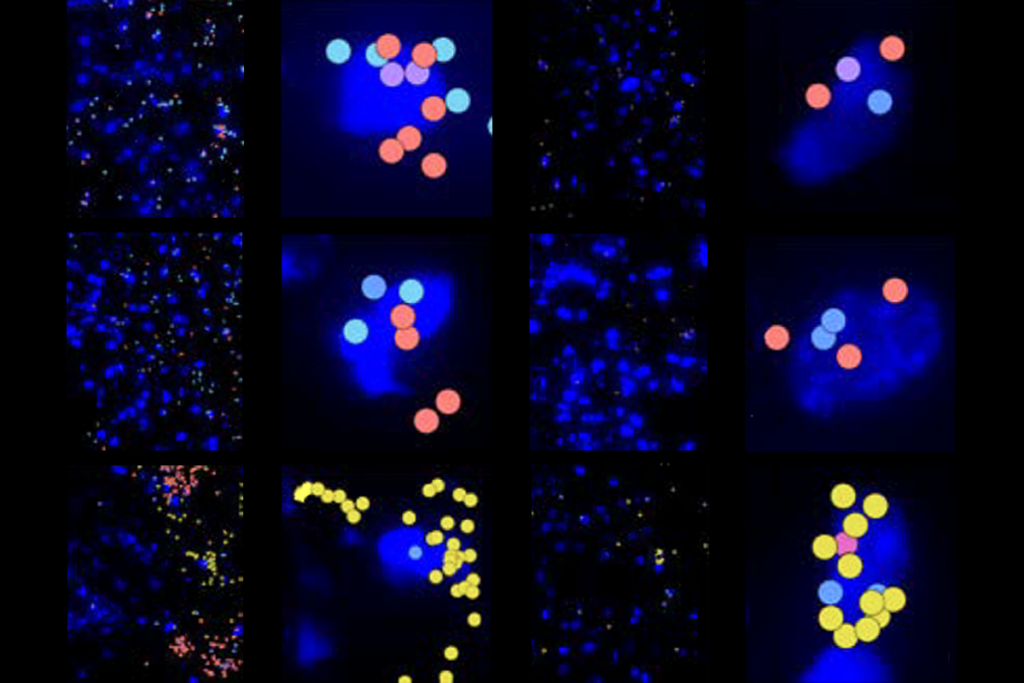Dr. Nigg’s research focuses on the underlying mechanisms and causes in attention deficit hyperactivity disorder (ADHD) across the lifespan. The primary focus is on cognitive and neuropsychological mechanisms. However, studies of genetics, family dynamics, personality and temperament, environmental toxins, and neuroimaging of ADHD are also ongoing.
Joel Nigg
Director, Division of Psychology
Oregon Health and Science University
From this contributor
Insights for autism from attention deficit hyperactivity disorder
Autism and attention deficit hyperactivity disorder show genetic and neurobiological overlap, which may provide clues to the origin of both disorders, says Joel Nigg.

Insights for autism from attention deficit hyperactivity disorder
Explore more from The Transmitter
Machine learning spots neural progenitors in adult human brains
But the finding has not settled the long-standing debate over the existence and extent of neurogenesis during adulthood, says Yale University neuroscientist Juan Arellano.

Machine learning spots neural progenitors in adult human brains
But the finding has not settled the long-standing debate over the existence and extent of neurogenesis during adulthood, says Yale University neuroscientist Juan Arellano.
Xiao-Jing Wang outlines the future of theoretical neuroscience
Wang discusses why he decided the time was right for a new theoretical neuroscience textbook and how bifurcation is a key missing concept in neuroscience explanations.
Xiao-Jing Wang outlines the future of theoretical neuroscience
Wang discusses why he decided the time was right for a new theoretical neuroscience textbook and how bifurcation is a key missing concept in neuroscience explanations.
Memory study sparks debate over statistical methods
Critics of a 2024 Nature paper suggest the authors failed to address the risk of false-positive findings. The authors argue more rigorous methods can result in missed leads.

Memory study sparks debate over statistical methods
Critics of a 2024 Nature paper suggest the authors failed to address the risk of false-positive findings. The authors argue more rigorous methods can result in missed leads.